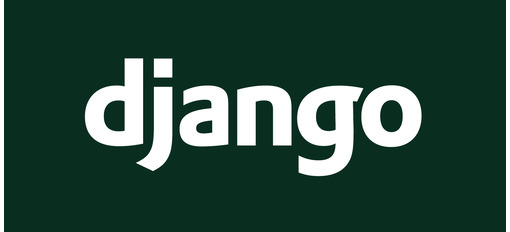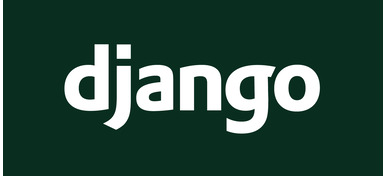Whenever you deploy your code and apply migrations in production, you’re entering dangerous territory. I’ll show common pitfalls and ways to avoid them.
While migrations are widely used by almost every Django project ever since, there is little known about the internals of the migration framework.
Django’s ORM is powerful and has been for ages. It only became even more powerful over the last years. In this post I want to explore some less-known features.
Most TOTP / 2FA clients are for smartphones. There’s not really an easy / simple one for Linux. Here’s one in Bash
Usability is key in modern web applications. But we live in a dangerous world where websites get hacked. Thoughts on pros & cons.
Database indexes are useful. But how do they work? And how does one use them in Django?
Most websites require some kind of authentication. Email & password is common but sometimes not enough. In those cases 2FA adds an additional security layer.
Getting SSL / TLS right is hard. As an update to my DjangoCon US 2016 talk here’s how you use Python’s SSL library.
Over the last few years SSL/TLS encryption of websites has risen tremendously. The Let’s Encrypt organization makes that pretty easy. And you can use it.
Whenever you deploy your code and apply migrations in production, you’re entering dangerous territory. I’ll show common pitfalls and ways to avoid them.
Django’s ORM is powerful and has been for ages. It only became even more powerful over the last years. In this post I want to explore some less-known features.
Usability is key in modern web applications. But we live in a dangerous world where websites get hacked. Thoughts on pros & cons.
Most websites require some kind of authentication. Email & password is common but sometimes not enough. In those cases 2FA adds an additional security layer.
Over the last few years SSL/TLS encryption of websites has risen tremendously. The Let’s Encrypt organization makes that pretty easy. And you can use it.
While migrations are widely used by almost every Django project ever since, there is little known about the internals of the migration framework.
Most TOTP / 2FA clients are for smartphones. There’s not really an easy / simple one for Linux. Here’s one in Bash
Database indexes are useful. But how do they work? And how does one use them in Django?
Getting SSL / TLS right is hard. As an update to my DjangoCon US 2016 talk here’s how you use Python’s SSL library.
Whenever you deploy your code and apply migrations in production, you’re entering dangerous territory. I’ll show common pitfalls and ways to avoid them.
Most TOTP / 2FA clients are for smartphones. There’s not really an easy / simple one for Linux. Here’s one in Bash
Most websites require some kind of authentication. Email & password is common but sometimes not enough. In those cases 2FA adds an additional security layer.
While migrations are widely used by almost every Django project ever since, there is little known about the internals of the migration framework.
Usability is key in modern web applications. But we live in a dangerous world where websites get hacked. Thoughts on pros & cons.
Getting SSL / TLS right is hard. As an update to my DjangoCon US 2016 talk here’s how you use Python’s SSL library.
Django’s ORM is powerful and has been for ages. It only became even more powerful over the last years. In this post I want to explore some less-known features.
Database indexes are useful. But how do they work? And how does one use them in Django?
Over the last few years SSL/TLS encryption of websites has risen tremendously. The Let’s Encrypt organization makes that pretty easy. And you can use it.




















